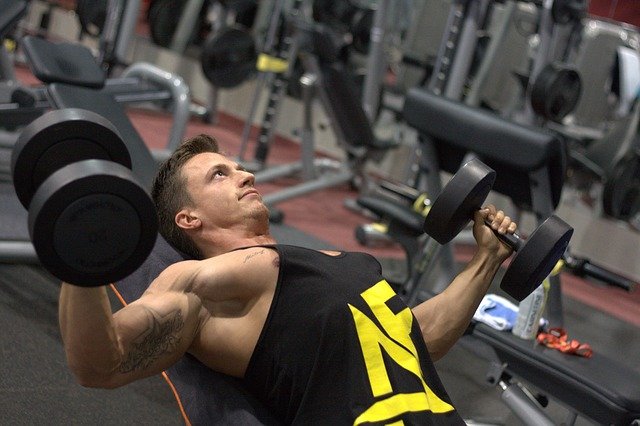When you begin a weight training programme you introduce new levels of stress to your body and muscles. Weight training actually damages muscle tissue. To compensate, our bodies initiate a healing process to not only repair the damaged tissue but to create new muscle fibre as well. It’s, at first, difficult.
You feel challenged and more than a little sore. After a few weeks, however, the initial pain subsides and you are beginning to see some progress. The routine is working for you and you continue to ride the wave as far as it will take you. During this time your body is constantly repairing old muscle fibres and building new ones. Your strength and size are increasing accordingly.
The problem is that as your body continually compensates for the workload it is also adapting to the workload. In other words, the routine that was once so difficult and such a shock to your system is now exactly that, routine.
You have reached the bodybuilding ‘plateau’ because your workout is no longer a big deal. Sure, it may still seem difficult, you may actually break a sweat, or even yell for a rep or two, but it’s just not the same. Your body has adapted.
The first rule is that if it’s not broken, don’t fix it. In other words, if your routine is working and you are making continual progress, don’t try to fix it. The second rule is, as soon as your workout is beginning to show signs of wear, give it a tune up. Change it.
If you want to break through the ‘plateau’ or avoid it all together, you must add variety to your routine. The same old thing will not continually offer the same results. It’s the old law of diminishing returns. The longer that you stay with the same routine, the less physically rewarding it will be. Many advanced lifters will completely overhaul their workout programme every 4-6 weeks. This keeps the workouts fresh, challenging, and most important of all, productive.
As for me, I’m constantly shifting between light days and heavy days. High reps and low reps. Variety is the spice of life; it’s also the key to keeping your body in a constant state of alertness.
Climb out of your plateau in 10 effective steps:
- Change is good. Your workout must remain fresh if it is to stay productive
- When your progress begins to slow down, don’t just wait around to see if it picks back up again
- Plan your workouts in advance. Don’t wait until you get to the gym to see what you ‘feel’ like doing. Know what you are going to do before you even walk through the door
- As soon as you begin to get comfortable with your new routine, begin planning your next routine
- Don’t try to max out on weight every week. Constantly trying to max out is the fast lane to the ‘plateau’ zone
- Work on variation on a theme. Don’t just flat bench every week. Alternate between flat, decline, incline
- Introduce burnout sets occasionally to shock your muscles
- Go with heavy weight and low reps one week followed with moderate weight and high reps the next
- Alternate muscle groups. Never work the same muscle two days in a row. A good example to follow is:
- Day One: Back and biceps
- Day Two: Legs
- Day Three: Chest and triceps
- Day Four: Rest
- Don’t forget to work according to your goal, in consultation with your trainer, and get adequate sleep.
Train hard. Train smart.

